Homes | kotti series 2/5
In the 18th and 19th century the Kotti was a city gate where toll was collected. But Berlin grew, and what was formerly the outer edge of the city turned into a quarter located within the inner parts. In the 20th century, when Berlin was divided, it was an area near the wall, where mostly poor people, unemployed and migrants lived.
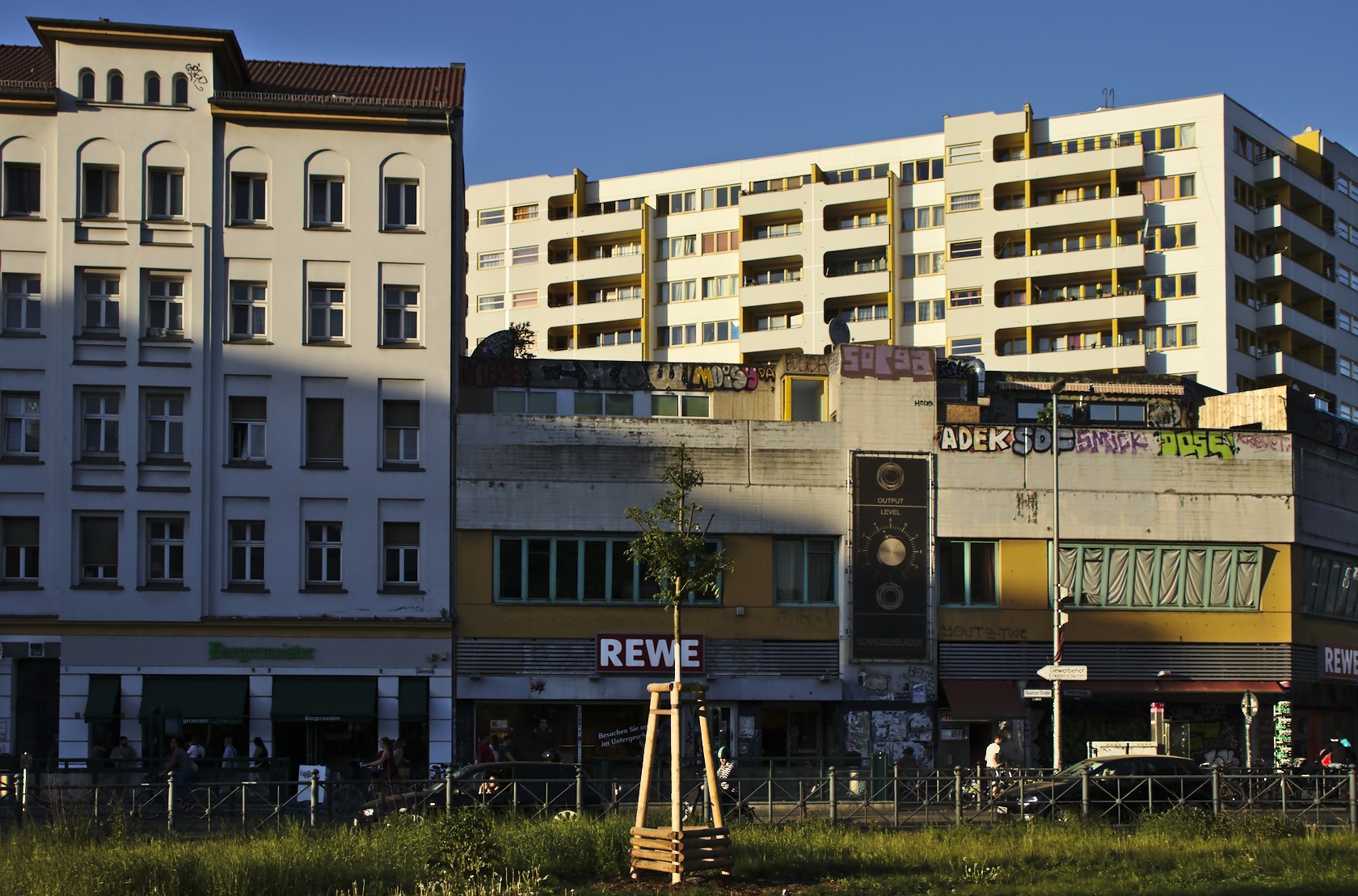 After the redevelopment of the area.
After the redevelopment of the area.
Into the architecture of the Kotti the diverging interests of its inhabitants, the administration and investors, their conflicts, struggles and collaborations during the last decades are deeply engraved.
It is a history of resistance, displacement, of subsidized housing programs, of separations, prejudices and stigmata, of decisions made from above; of many good ideas, initiatives, protests, crimes, laughters and cries and stoic serenity.
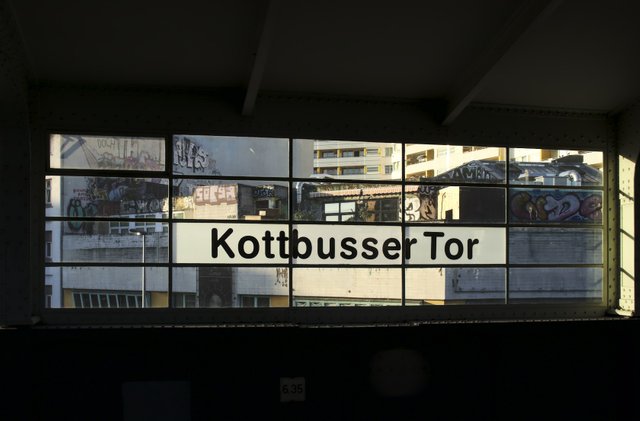 U-Bahn station
U-Bahn station
It is a long story, too long to write down it here, and I do not know all of it.
In the early 60s of the 20th century the Kotti was declared as a redevelopment area. This status was kept for nearly four decades. Old houses were not renovated but torn down. If the tenants did not leave voluntarily, they were thrown out by force. One model for this new wholesale demolishing of a neighborhood with nearly 40.000 inhabitants were the Robert Taylor Homes in Chicago.
The "investors" at that time were communal hosing associations, working for high prizes. One of the showpieces of the administrative dreams of a new era was the NKZ - the Neues Kreuzberger Zentrum, an apartment block with almost 300 apartments for the socially deprived. It was built 1969-73.
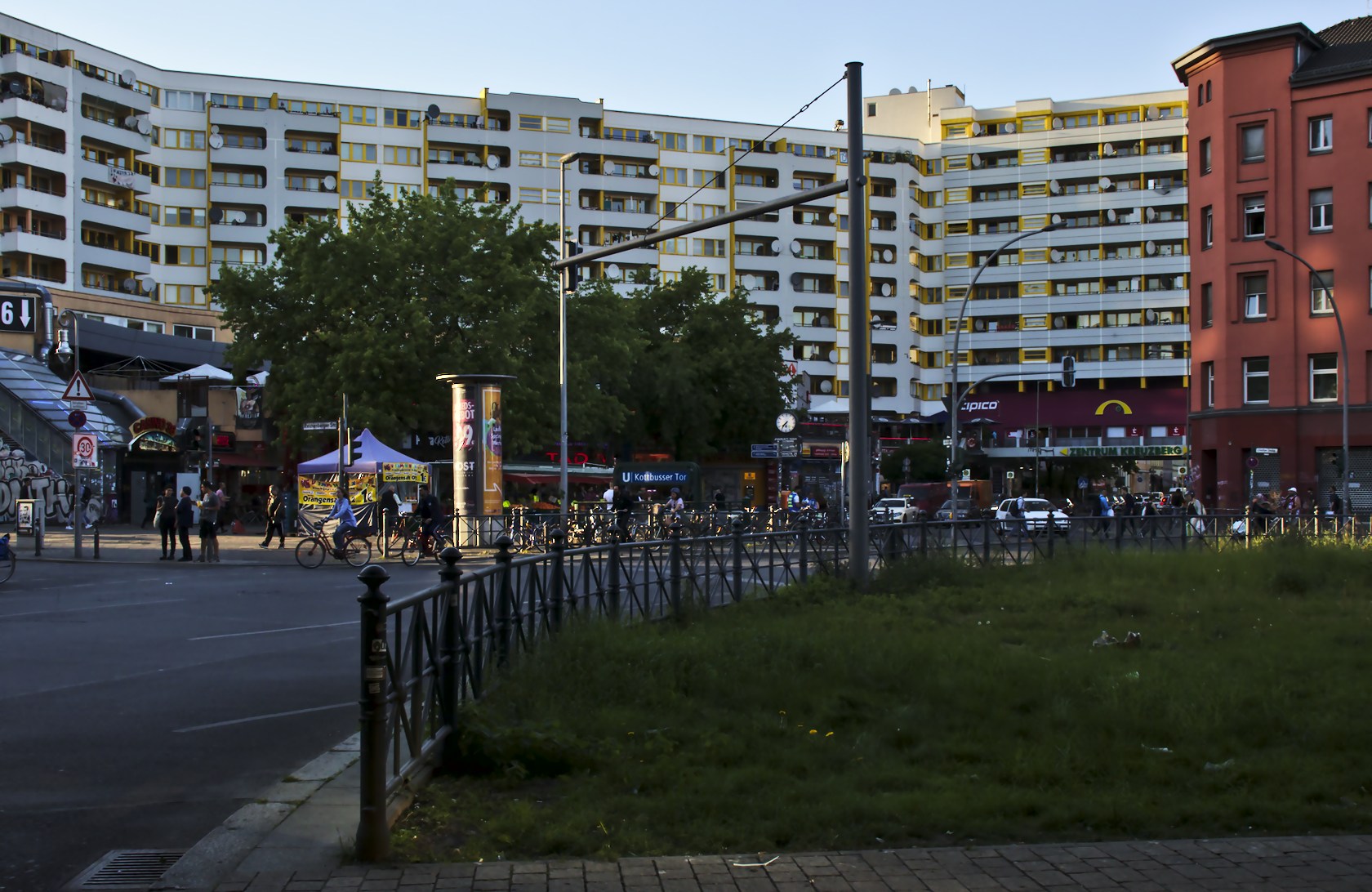 For a new beginning, the NKZ was renamed to "Zentrum Kreuzberg" later on.
For a new beginning, the NKZ was renamed to "Zentrum Kreuzberg" later on.
Instead of acting as a role model, the NKZ turned into a slum within a few years. In the surroundings more and more old buildings were torn down, accompanied with protests. The NKZ was deep in debts and anyone who was behind with rent for just a month was kicked out immediately; but still, more "modern" housing complexes were build. These politics continued even when it turned out that redevelopment plans would turn out as a total failure. But there were many interests, for the investors not at least the benefits from tax concessions and capital investment bonuses.
People resisted and squatted old houses to save them from further demolishing. Slowly a turning point was reached. The new politics were gentle redevelopment.
But still, most of the people living in the neighborhood were poor. By the turn of the millennium the Kotti ranged last of all squares of the city. People living there worked hard to make it a decent place for their families. There are a lot of small shops, bars and restaurants. But for some, mainly the conservative media, it is also still perceived as a "no-go area", a dangerous crime area where the streets are controlled by drug dealers and pickpockets.
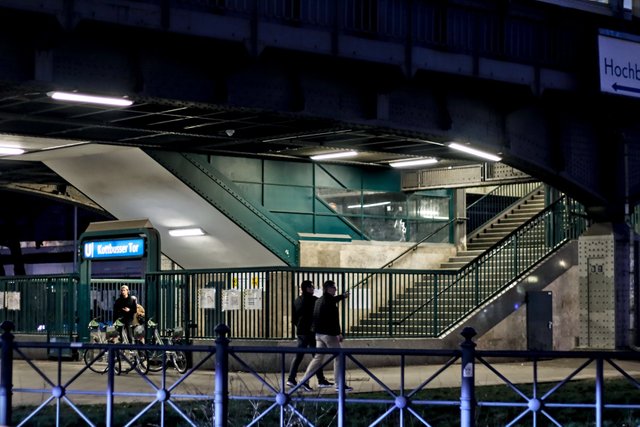 U-Bahn station
U-Bahn station
But the people living there are just normal people, and they are squeezed between a negative media image as a problem area, between never ending demands for higher rents by the landlords, between privatization and new investors, and an ignorant administration - and they might think they are all just the same.
The Kotti is also deeply linked to a migrant history. Many people live here whose families came decades ago from Turkey. But also lefties, retirees, young, old, students, artists, people from other countries, people with all kinds of identities and stories live there.
For the last years also more and more tourists came. There is a backpacker hostel now. The hip and trendy magazines tell you where to go out, which bars to spent your money and things to do around the Kotti. It is the lively diversity which fascinates travelers.
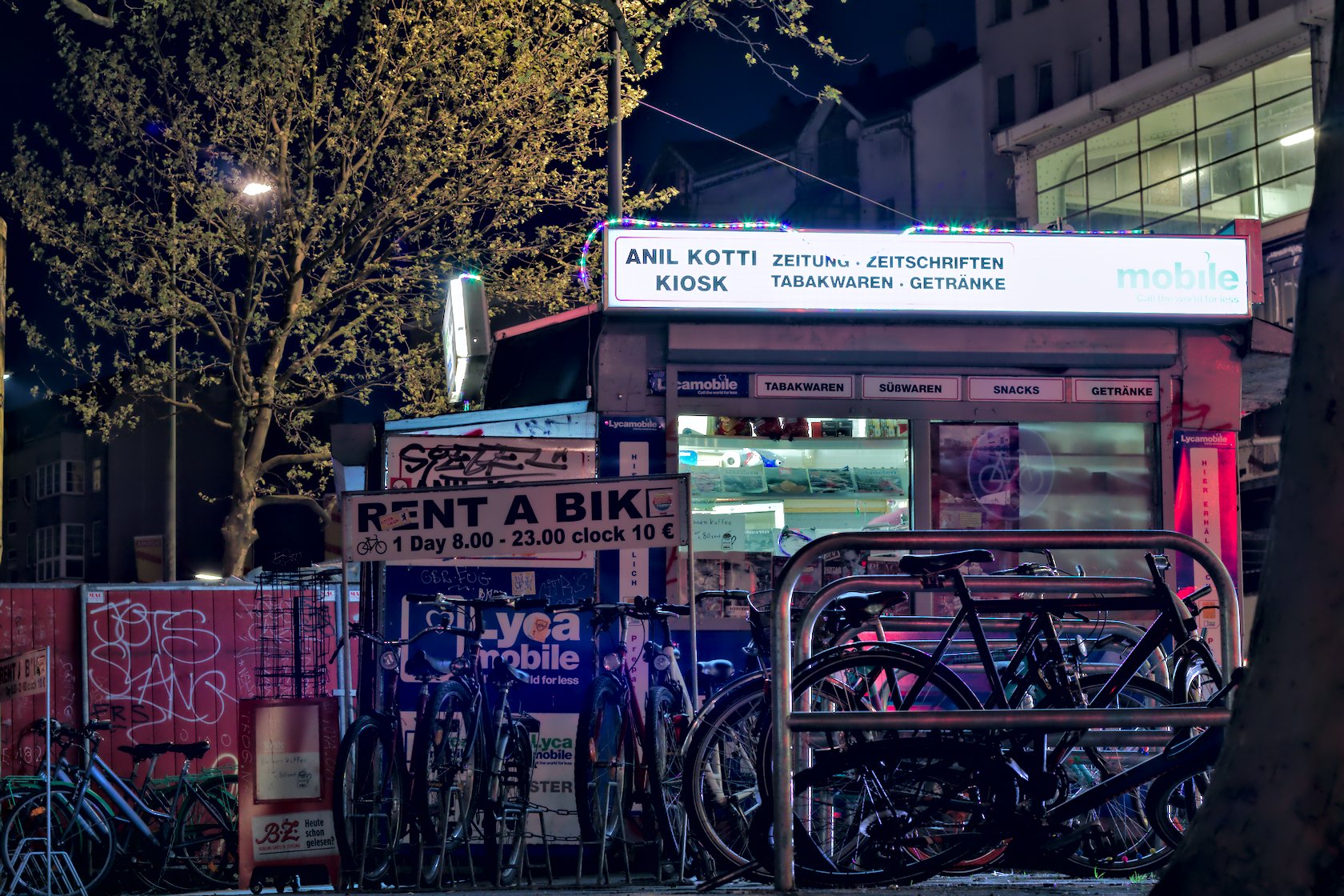
The NKZ was bought last year by another communal housing association, to prevent further displacement. Today these buildings are seen as an "architectural sin". For the people living there they are just their homes.
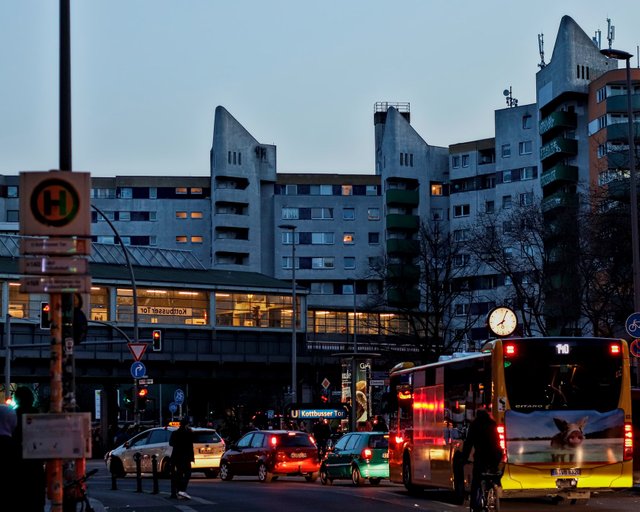
The next post of the kotti series is here.
The first post of the kotti series is here.

This is also my entry to the #archisteem project by @kimzwarch, you can read more about it here, and an update here.


World of Photography
>Visit the website<
You have earned 6.50 XP for sharing your photo!
Daily photos: 1/2
Daily comments: 0/5
Multiplier: 1.30
Block time: 2018-05-13T00:20:36
Total XP: 158.50/200.00
Total Photos: 27
Total comments: 0
Total contest wins: 0
Follow: @photocontests
Join the Discord channel: click!
Play and win SBD: @fairlotto
Daily Steem Statistics: @dailysteemreport
Learn how to program Steem-Python applications: @steempytutorials
Developed and sponsored by: @juliank
Thanks for sharing about Kotti ^_^ Most of big cities have areas treated the same, isn't it? Seems it's a way that humankind uses agains itself wherever :/
Yes, that is true. It is about greed, but also about administration. Big cities tend to have more steps in hierarchy, and the administration does not want to listen to the people far below of them but to the people with the big money. Often you cannot believe the lack in common sense :/
Or happens like in Tempelhof airport... now people run happy while €'s ran away.
Seems they choosed but everything was done already... but one thing is true, would be worst with flats or offices :/
People had doubts that they would get part of the share anyway...no €'s for them, like always...they were a bit tired of promises.
So they thought lets have at least some fun with the place:)
Congrats for the Contest @belvins! ^_^
Thanks, @bigotemaifriend, but as I understood it , the contest is not over yet, they are waiting for more submissions (what about you?):)-:)
:) heheh yeah, i post but maybe not to corrects tags... ^^ or not the correct day! Tuesday animal. Wednesday food :) Now i'm including some...Short Tales? maybe should include #writing or similar ^^
Very deep and saddening read about Kotti. I agreed with you that sometimes building were built but they were not suitable for the local context, ending up a burden for the community. Hope to see the people and government can work together to elevate the place and bring the people out from poverty.
Thank you @kimzwarch. The people living there are strong and in resisting the situation they have built initiatives and community. I think it is still a long walk but lately a few steps have been done in the right direction.
Great to hear about it! True, some change may need to come in later but in a more sustainable way.
Dear @belvins,
Thank you for the submission for our project – 1001 Places to Remember. Let us go through the content and will make an announcement soon for the posts which will be winning the rewards as well as qualify for the publication.
Stay tuned and Steem on!
@archisteem and team
Thank you @archisteem for your initiative:)